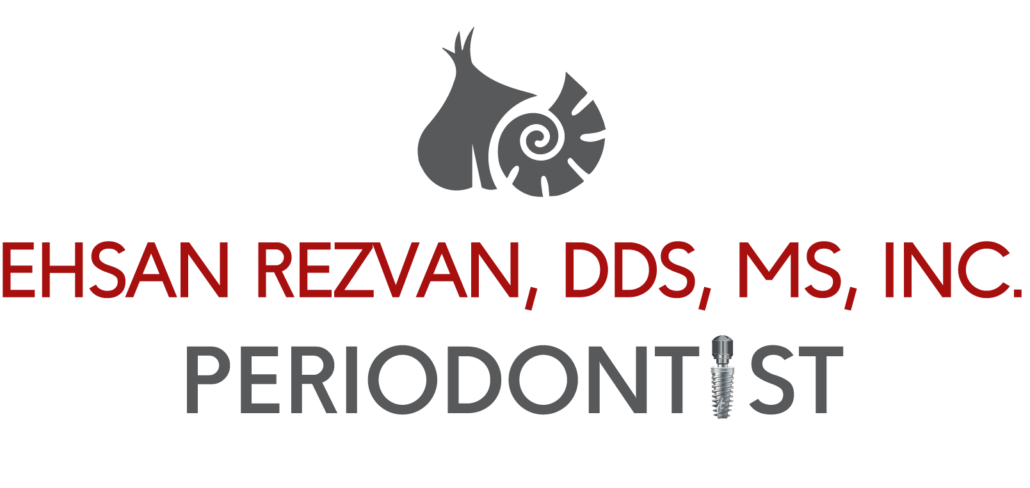When a tooth is “impacted,” it simply means that it is stuck and cannot fully and successfully erupt into function. We often see patients with impacted wisdom teeth, which get “stuck” in the back of the jaw as they’re trying to find room in the mouth, often times causing painful infections and an array of other problems. Due to their lack of functional need, if wisdom teeth don’t grow in perfectly they are usually extracted. The second most common tooth to become impacted is the maxillary cuspid (known as the upper “eyetooth”). The cuspid tooth is critical in the dental arch and plays a pivotal role in your bite. The cuspids are strong biting teeth and have the longest roots of any human teeth. They are designed to be the first teeth that touch when your jaw closes, so they act as a guide for the rest of the teeth, making sure each one fits right in its intended space.
The maxillary cuspid teeth usually grow in around age 13, and are normally the last of the front teeth to erupt into place. If a cuspid tooth gets impacted, every effort will be made to get it to erupt into its proper position in the dental arch. The techniques involved to aid eruption can be applied to any impacted tooth, but most commonly they are applied to the maxillary cuspid (upper eye) teeth. More than half of these impacted eyeteeth are located on the palatal (roof of the mouth) side of the dental arch, while the remaining impacted eye teeth are stuck in an elevated position in the middle of the supporting bone, above the roots of the adjacent teeth or out to the side of the dental arch.

